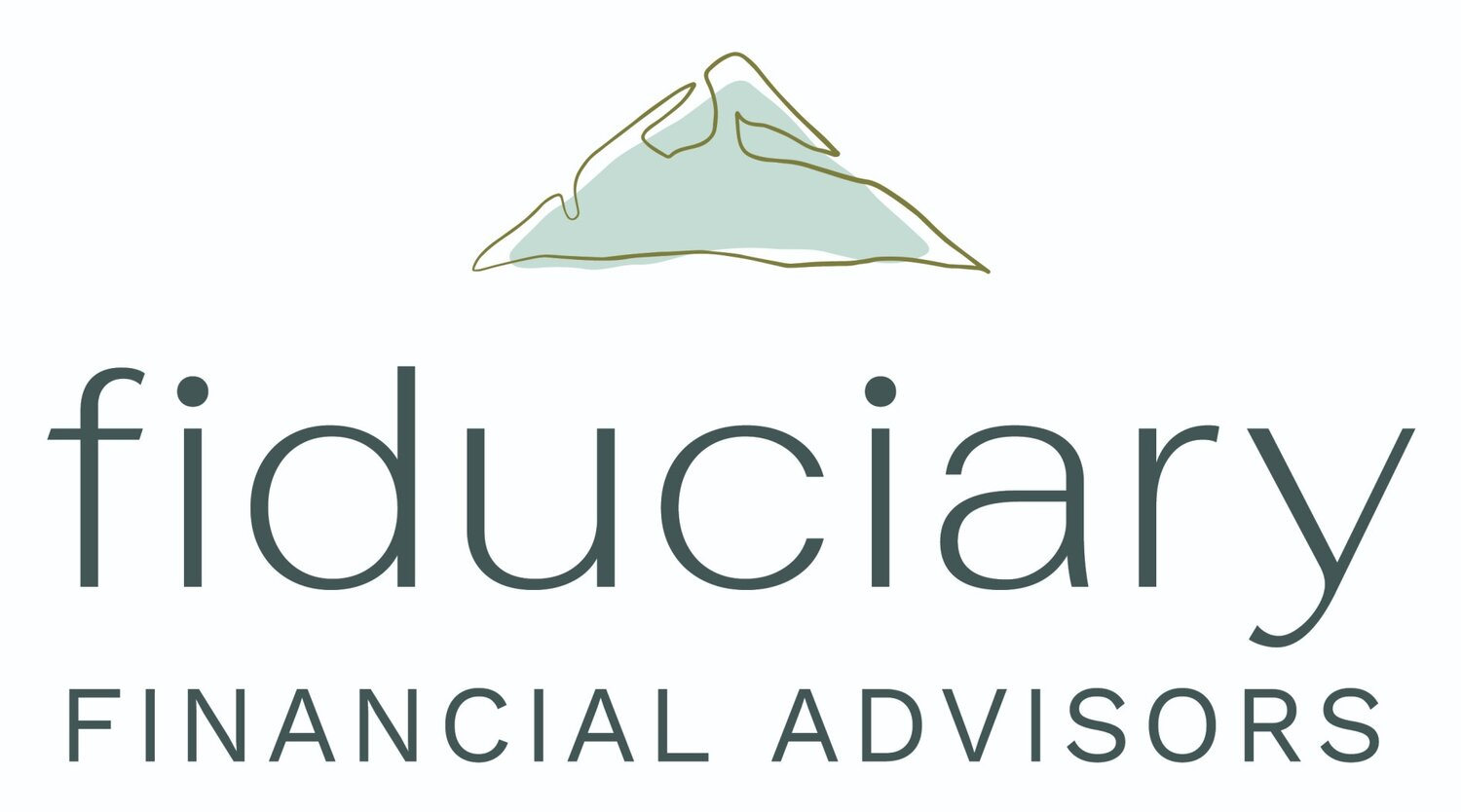The Power of Backdoor Roth for Sales Professionals
/Sales Professionals are constantly trying to figure out how to gain an extra edge over their competitors and better position themselves for customers. This should extend to navigating their financial picture and creating a solid retirement plan. Here’s where the backdoor Roth IRA enters the picture. While this financial planning strategy is open to many high-income professionals, it is uniquely advantageous for professionals with a variable income. While this approach doesn’t make sense for all high-income earners, it is worth keeping in your back pocket for when the time is right. In this post, we dive into this strategy, how it is utilized, and who should and shouldn't consider using it.
What is a backdoor Roth?
You may have heard of this strategy, but what exactly is it? A backdoor Roth IRA is not a type of account but rather a method to contribute to a Roth IRA even if your income exceeds the IRS income phase-out limits. You contribute to a traditional IRA with a contribution that is not tax deductible and then transfer those funds to a Roth IRA. Once completed, you can invest those funds within your Roth IRA, giving you access to the long-term tax advantage of a Roth IRA.
Why is it useful?
To understand why this is a beneficial strategy, we must first differentiate between a Roth IRA and a traditional IRA. Both are Individual Retirement Accounts (IRAs) used to invest money for retirement purposes. A traditional IRA has contributions that are tax-deductible in the year you contribute. When that money is pulled out in retirement, it is taxed at your regular income rate. Conversely, Roth IRA contributions aren’t tax deductible but grow tax-free. Withdrawals in retirement aren’t taxed, assuming you are 59 ½ or older and the account has been open for five years. The other perk of having Roth assets is the lack of required minimum distributions (RMDs), unlike traditional assets, which necessitate distributions starting at age 72, whether you desire them or not.
This strategy is useful for two groups of people. This isn’t a blanket recommendation for these groups, but if you fall into one of these groups, it may be worth considering. If you are a relatively young, high-income individual or household, a backdoor Roth might make sense since you have plenty of time for your investments to grow tax-free. The other category of people that should investigate this strategy would be someone who exceeds the income limits to contribute to a Roth and is anticipating their retirement income and tax bracket to be higher than their current income and tax bracket. However, it’s crucial to consult with an advisor for personalized analysis.
Should you utilize it?
The first criterion for this strategy is an income that exceeds the IRS phase-out limit to contribute to a Roth IRA directly. In 2024, the phase-out is from $146,000 to $161,000 for singles and heads of households. The phase-out for married couples filing jointly is between $230,000 to $240,000. These limits can change annually, making it important to check the IRS website for the current year's standards. If your income exceeds these limits, working with a financial advisor to ensure it is the most prudent strategy in that given year is critical. It is essential to proceed correctly; you should work with an advisor and CPA as you make this decision.
Who Shouldn’t Do This?
While there are numerous advantages to doing a backdoor Roth conversion, it is important to weigh the downsides. There can often be tax implications that come alongside a backdoor Roth that could ultimately make the strategy less attractive, especially if you cannot afford the taxes. The other consideration is your investment timeline. The shorter the investment horizon, the less likely a backdoor Roth is a wise strategy. This often comes into play for those late in their careers. While other circumstances make a backdoor Roth a less attractive option, these are the two primary considerations that a financial advisor and CPA should be able to help you work through.
Final Thoughts
It's important to remember that the decision to use this strategy is not a one-time event. It's a discussion you should have with your financial advisor and CPA to ensure it's still the best approach for you. This strategy is not a one-size-fits-all solution and should be carefully analyzed before considering it. When used correctly, it can be one of the most powerful tools in your financial planning arsenal. Feel free to reach out if you need clarification on whether this approach is right for you.
References
https://www.irs.gov/newsroom/401k-limit-increases-to-23000-for-2024-ira-limit-rises-to-7000
Fiduciary Financial Advisors, LLC is a registered investment adviser and does not give legal or tax advice. The information presented is for educational purposes only and does not intend to make an offer or solicitation for the sale or purchase of any securities. The information contained herein has been obtained from a third-party source which is believed to be reliable but is subject to correction for error. Investments involve risk and are not guaranteed. Past performance is not a guarantee or representation of future results.







